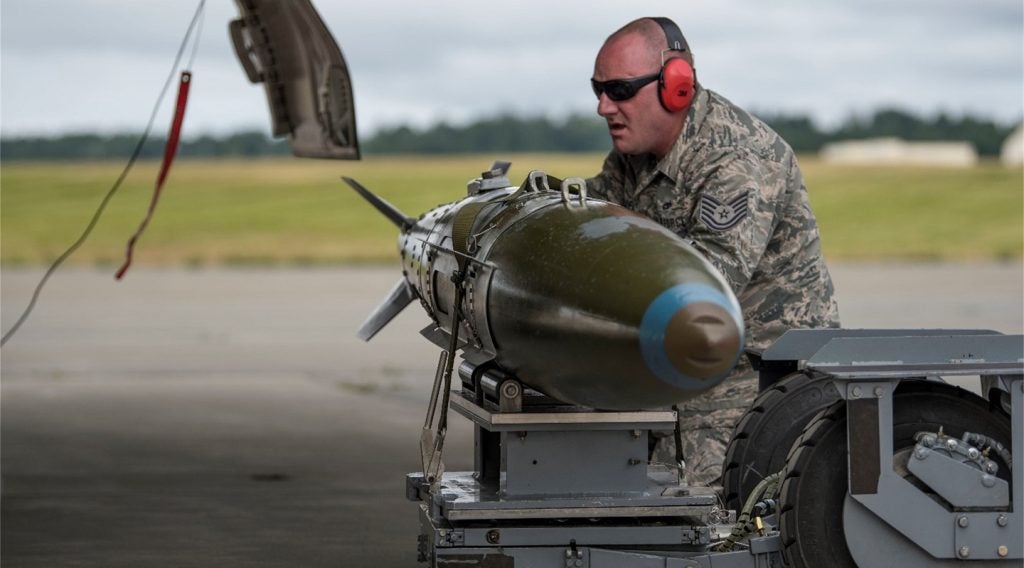Boeing has delivered the third wideband global SATCOM (WGS) satellite to the US Air Force for further tests and launch preparations.
WGS-3, the third satellite of the first block of the series, will provide high-capacity X-band and Ka-band communications support to the US and allied air forces in military operations across the world.
The technology helps in the execution of tactical command and control, communications, computers, intelligence, surveillance and reconnaissance (C4ISR); battle management and combat support information.
The WGS satellites are the key elements of a high-capacity system that increases communications capabilities of the air force and each WGS can route 2.1Gbps to 3.6Gbps of data providing over ten times the communications capacity of the previous DSCS III satellite.
The satellite has completed mission assurance reviews and factory tests simulating the stress of the satellite’s mission including vibration and thermal vacuum tests.
Boeing Space and Intelligence Systems vice-president and general manager Craig Cooning said that WGS addresses US military’s ever-growing appetite for high-bandwidth satellite communications.
How well do you really know your competitors?
Access the most comprehensive Company Profiles on the market, powered by GlobalData. Save hours of research. Gain competitive edge.

Thank you!
Your download email will arrive shortly
Not ready to buy yet? Download a free sample
We are confident about the unique quality of our Company Profiles. However, we want you to make the most beneficial decision for your business, so we offer a free sample that you can download by submitting the below form
By GlobalData“We’re now working with the air force to determine how future WGS satellites could be enhanced to handle missions involving airborne intelligence, surveillance and reconnaissance and communications on the move,” he said.
The spacecraft will undergo about six weeks of pre-launch testing and processing, including fueling, encapsulation inside the launch vehicle fairing and integration with the Delta IV launch vehicle at the launch site.
WGS-3 is scheduled for launch in November 2009.







